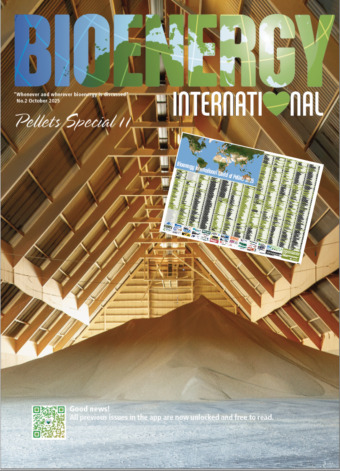Today is International Women’s Day (IWD) – a day to reflect on why, in 2024, we still need to earmark a day to highlight a fundamental inequality issue affecting the lives, health, opportunities, and influence of roughly 50 percent of the global population, while our thoughts are with the millions of women (and children) forced into dealing with the fallout of armed conflict, increased poverty, and impacts of climate change.
As a “male”, living and working in a developed country in the global North, it would be easy to just “celebrate” International Women’s Day (IWD) with a few passing superlatives about the women in our personal and professional lives. And whilst true and well deserved, it would be a disservice if we, at the same time, do not actively strive to bridge the gender equality gap in our homes, our schools, our businesses and workplaces, our academic, cultural, judicial, medical and political institutions, and our societies.
The world is facing many crises, ranging from geopolitical conflicts, typically caused by men, to soaring poverty levels and the escalating impacts of climate change. As the United Nations (UN) points out, these challenges can only be addressed by solutions that empower women. By investing in women, “we can spark change and speed the transition towards a healthier, safer, and more equal world for all.”
On International Women’s Day 2024 (IWD 2024), United Nations Women calls for the world to “Invest in Women, Accelerate Progress” as the best way to accelerate economic growth and build more prosperous, equitable societies. This is particularly urgent UN Women says, “when war and crisis are eroding the achievements of decades of investments in gender equality.”
From the Middle East to Haiti, Sudan, Myanmar, Ukraine, Afghanistan, and elsewhere, it is women who pay the highest price for conflicts, not of their making and are left to pick up the pieces of shattered lives once hostilities have subsided.
According to the UN, the number of women and girls living in conflict-affected areas doubled since 2017, now, more than 614 million women and girls live in conflict-affected areas. In conflict areas, women are 7.7 times more likely to live in extreme poverty. If current trends continue, more than 342 million women and girls could be living in extreme poverty by 2030.
Yet the areas needing investment are “clear and understood” the UN says. There must be an investment in peace, investments needed include laws and policies that advance the rights of women and girls; transformation of social norms that pose barriers to gender equality; guaranteeing women’s access to land, property, health care, education, and decent work; and financing women’s groups networks at all levels.
Given where the Intergovernmental Panel on Climate Change (IPCC) suggests that we with our resource-constrained world may be headed as a result of climate change, in which competition for scarce resources intensifies, livelihoods are threatened, societies become more polarized, then a better balance between testosterone and estrogen in decision-making across our societies would seem not only a moral issue but one our long-term survival may ultimately depend on.
In a year when almost half of the global population lives in a country undergoing an election, there is an opportunity for the electorate and governments alike to heed the UN IWD 2024 call and make a change for the better by grasping the gender equality dividend.



